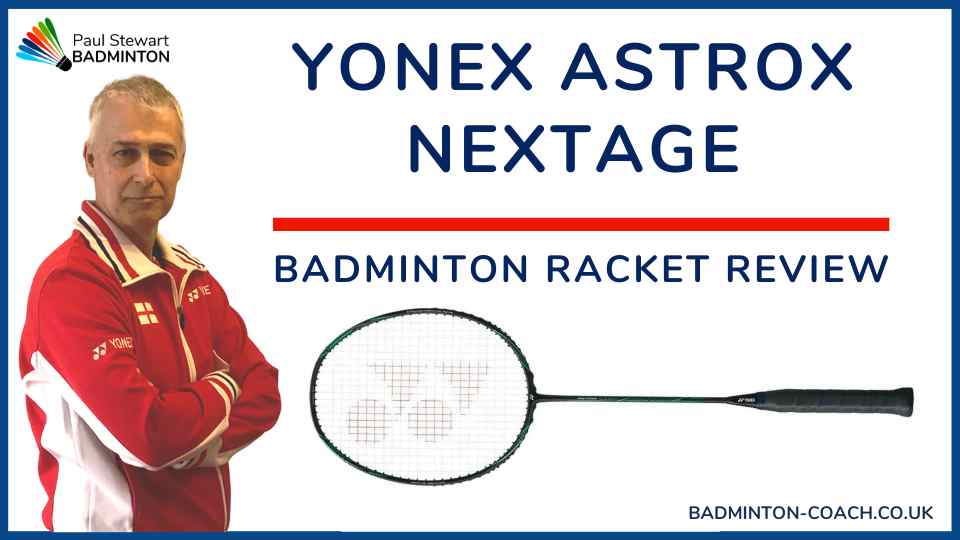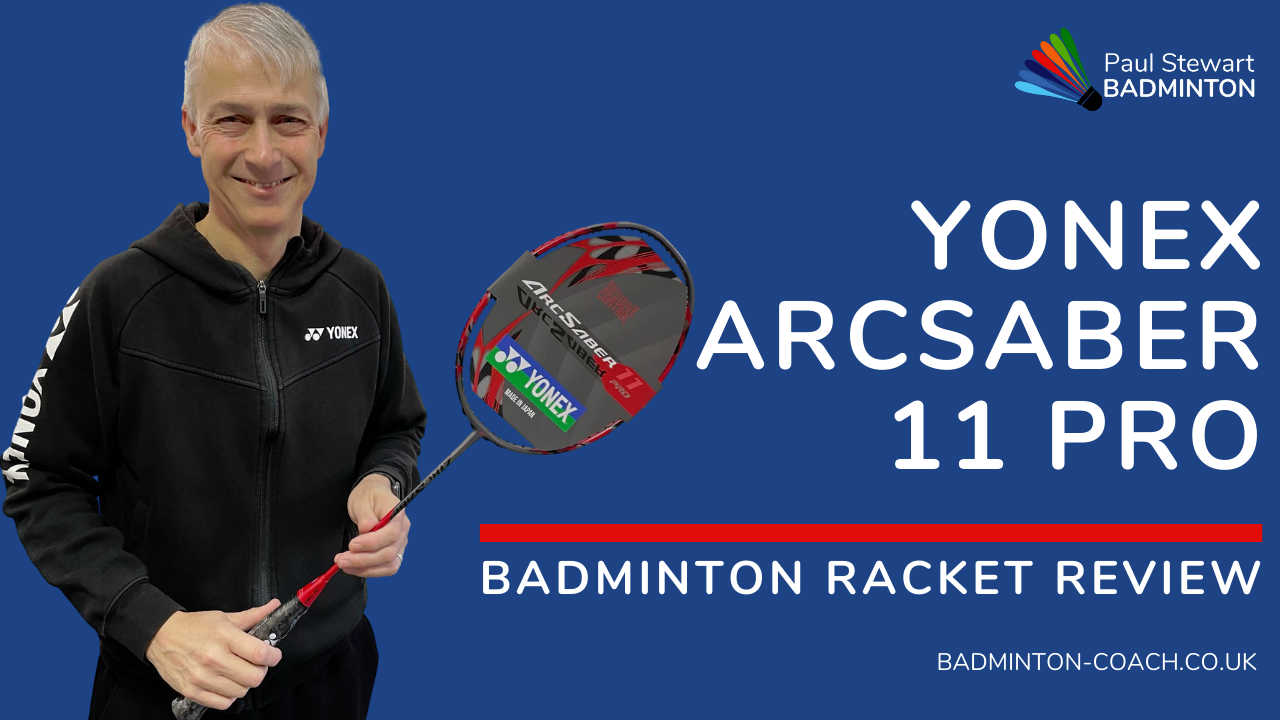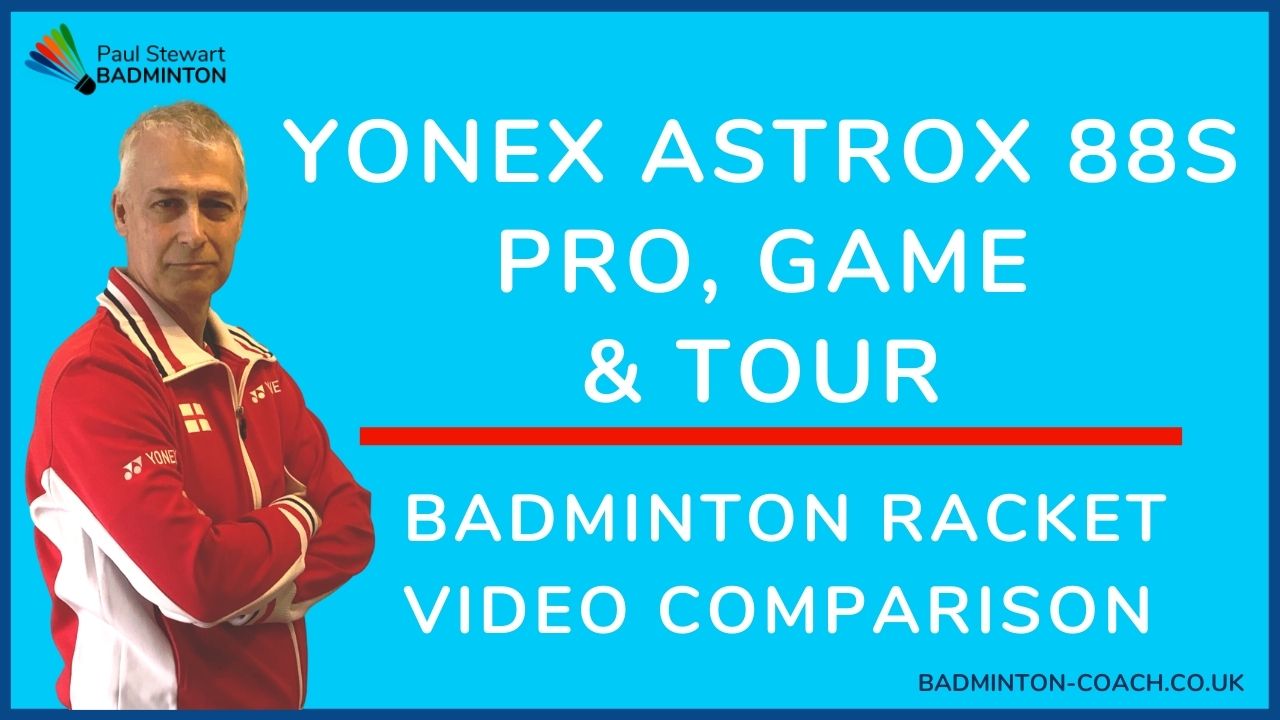Over the years, I’ve designed a range of tools to help develop badminton players at all levels. One of the simplest tools I use, and always carry in my bag is a tennis ball.
There are so many uses for a tennis ball. On one occasion I worked with a player who grasped the shaft of their racket after every shot. By giving him a tennis ball to hold in his no-racket hand, he could not perform this bad habit and we soon removed it from his game.
I have used a tennis ball to improve hand-eye co-ordination, reaction times, footwork, moving in balance to name a few.
You’ll find below a badminton training video demonstrating a number of these exercises. For every exercise I create there are multiple levels. As you would expect, as a player progresses through the levels, the degree of difficulty increases. This video demonstrates some of these levels.
Throwing the ball against a wall
This is an excellent exercise for developing hand-eye co-ordination and reaction times. At entry level the player can stand several metres from the wall. The feeder stands a safe distance behind the player and throws the ball at the wall. The ball is allowed to bounce prior to hitting the wall to mix up the angles i.e. ball moving in an upwards or downwards direction after impact with the wall.
As the player improves, add in a badminton ready position, one step movement and catching the ball in the racket hand.
The next level is to move the player closer to the wall.
Dropping the ball
This is a simple exercise for improving footwork and reaction times. The feeder stands on the T and extends their arms to shoulder height at the side of the body. The player stands a short distance away from the feeder ready to react.
Initially the feeder chooses a side and releases the ball. The player moves quickly towards the ball, lunges and catches the ball before it reaches the ground.
As the player becomes more competent at the exercise, have the feeder release the ball from the other side. To increase the degree of difficulty, move the player further away from the feeder.
Movement
Whenever I watch players at intermediate level, their movement is like a roller coaster. Up and down they go whilst travelling towards the shuttle. This wastes time and energy.
Bouncing a ball whilst performing specific movement patterns ensures your body remains in a lower position because you are watching the ball. This helps with balance, leg development and speed.
There are so many more exercises where a ball can be used as a training tool. It’s simply a matter of using your imagination and testing to find what works.












Leave A Comment
You must be logged in to post a comment.